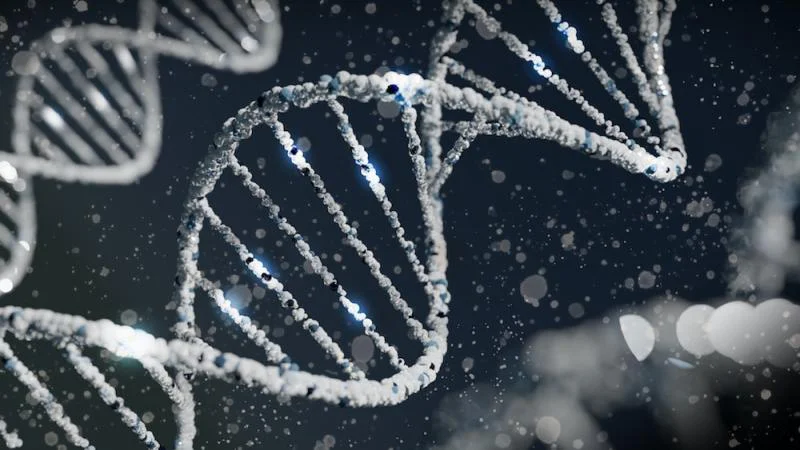Environmental factors can influence an individual’s development, whereas genetics refers to inherited traits and characteristics. While genetics can influence traits and predispositions, the environment, such as physical surroundings, culture, social interactions, and experiences, can also significantly impact an individual’s development.
What is Genetics?
Genetics is a field of biology that focuses on how characteristics are inherited from parents to offspring across successive generations. This field of study pertains to examining and analysing genes, inheritance patterns, and the diversity of traits within living organisms. Genes are discrete units of DNA that contain the blueprint for the growth and operation of an organism. Genes are responsible for determining an individual’s physical and behavioural traits, including but not limited to eye colour, height, and susceptibility to diseases.
The study of genetics is essential in comprehending the underlying reasons for inherited disorders and illnesses. Genetic research has played a crucial role in identifying the underlying genetic causes of various human diseases, such as cancer, cystic fibrosis, and sickle cell anaemia. This approach offers a means of identifying and analysing the particular genes and genetic variations that play a role in the onset and progression of these disorders.
The progress made in genetics has paved the way for the emergence of genetic engineering and gene therapy. Genetic engineering is a process that involves the deliberate alteration of genes to achieve specific outcomes, such as the expression of desirable traits or the elimination of undesirable ones. Gene therapy is a medical approach that aims to treat or prevent genetic disorders by introducing new genes into the cells of an individual. Genetics has played a crucial role in enhancing our comprehension of the functioning and evolution of living organisms. In addition, it has furnished significant resources for medical investigation and therapy.
What is Environment?
The natural and artificial environments in which living organisms exist are called the environment. It includes all living and nonliving things, such as air, water, soil, plants, animals, and artificial structures. The environment is critical to the survival of life on Earth, providing resources such as air, water, food, and shelter. It also provides ecosystem services such as pollination, soil fertility, and climate regulation, which are required for the planet’s natural systems to function.
Human activities such as pollution, deforestation, and climate change significantly impact the environment, resulting in natural resource degradation and loss and harm to human health and well-being. Preserving and protecting the environment and its natural resources for future generations is known as environmental sustainability. It entails reducing waste and pollution, conserving resources, and encouraging using renewable energy and environmentally friendly practices.
International agreements such as the Paris Agreement on Climate Change, the United Nations Sustainable Development Goals, and local and individual actions such as recycling, energy conservation, and eco-friendly transportation are examples of efforts to protect the environment and promote sustainability. The environment is the natural and artificial surroundings that support life on Earth, and its preservation and protection are critical for both human health and the planet’s ecosystems.
Difference Between Genetics and Environment
Genetics is the study of how traits and characteristics are passed down through genes from parents to children. These traits can be things like eye colour and height, but they can also be like a tendency to get certain diseases or conditions. On the other hand, environment refers to things outside a person that can affect their growth and change, like their physical surroundings, culture, social interactions, and experiences.
Genes and the environment play important roles in how a person grows and acts, and how these two things interact can be complicated and multifaceted. Even though genes can affect a person’s traits and tendencies, the environment can also significantly impact a person’s physical, emotional, and mental development. For example, diet, exposure to toxins, and early life experiences can affect a person’s health and well-being.







